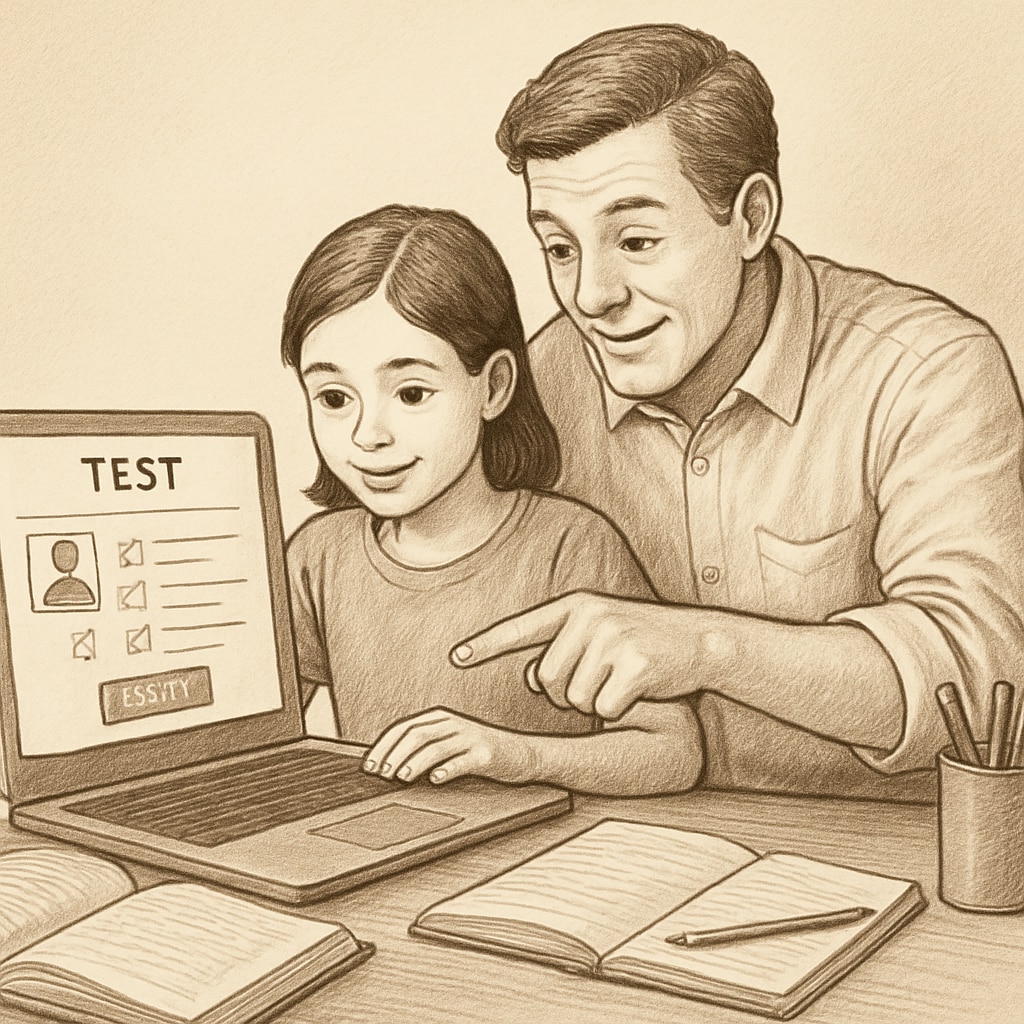High-quality test resources, students, teaching tools are not just instruments for academic evaluation—they can play a pivotal role in fostering deeper learning for K12 students. When used effectively, these resources provide teachers and parents with the opportunity to transform traditional assessments into meaningful educational experiences. This article explores how to identify, access, and apply superior test resources to maximize student learning outcomes.
Why Quality Test Resources Matter
Tests are often viewed solely as a way to measure progress, but they can also serve as a catalyst for learning. High-quality test resources emphasize understanding, critical thinking, and application over rote memorization. For example, assessments that incorporate real-world scenarios or problem-solving tasks enable students to connect classroom learning with everyday life.
Moreover, quality test resources allow educators to pinpoint specific areas where students may need support, providing targeted interventions that strengthen understanding. This is particularly valuable in K12 settings, where foundational skills are developed.

How to Identify Superior Test Resources
Not all test resources are created equal. To ensure that the materials you’re using are high-quality, consider the following criteria:
- Alignment with standards: Resources should align with national or regional educational standards to ensure relevance.
- Engagement factor: Tests that incorporate interactive elements, such as multimedia or gamified components, can motivate students.
- Differentiated learning: Look for resources that offer variations in difficulty and accommodate different learning styles.
- Feedback mechanisms: The best resources provide detailed feedback to guide students toward improvement.
For example, platforms like Khan Academy offer a range of interactive assessments aligned with educational standards. Similarly, resources from Britannica often include detailed explanations that enhance student learning.
Strategies for Effective Utilization
Once you’ve identified superior test resources, using them effectively is key to ensuring they benefit students. Here are some strategies for educators and parents:
- Integrate tests into teaching: Use test questions as discussion prompts during lessons to encourage exploration and deeper understanding.
- Create a growth mindset: Emphasize that tests are tools for learning rather than judgment, encouraging students to view mistakes as opportunities for growth.
- Personalize assessments: Tailor tests to individual student needs by selecting questions that address their unique strengths and challenges.
- Review and reflect: Encourage students to analyze their test results and reflect on areas for improvement.

Reimagining Tests as Learning Tools
It’s time to shift the narrative surrounding tests. Instead of being perceived as a source of stress, they can become an empowering tool that helps students build confidence and mastery. By utilizing superior test resources, educators and parents can create a supportive environment where assessments are integral to the learning process rather than an endpoint.
Ultimately, the goal is to ensure that every test serves as a stepping stone in a student’s educational journey, paving the way for lifelong learning and success.
Readability guidance: Short paragraphs, active voice, and clear transitions ensure the content is accessible and engaging. Lists and examples provide clarity while minimizing long sentences and passive constructions.


